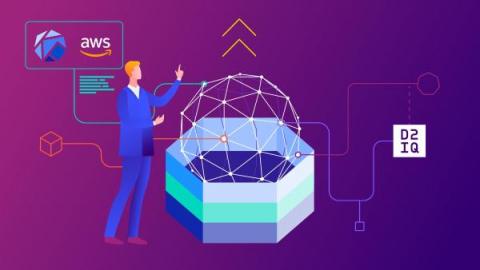Managing Machine Learning Workloads Using Kubeflow on AWS with D2iQ Kaptain
While the global spend on artificial intelligence (AI) and machine learning (ML) was $50 billion in 2020 and is expected to increase to $110 billion by 2024 per an IDC report, AI/ML success has been hard to come by—and often slow to arrive when it does. There are four main impediments to successful adoption of AI/ML in the cloud-native enterprise.






